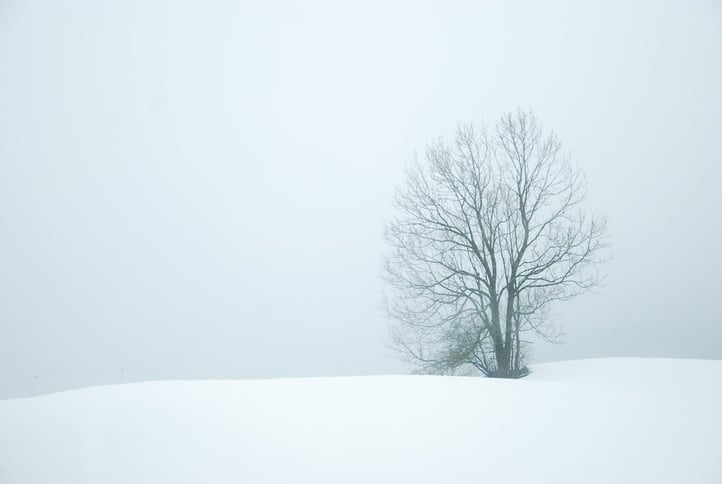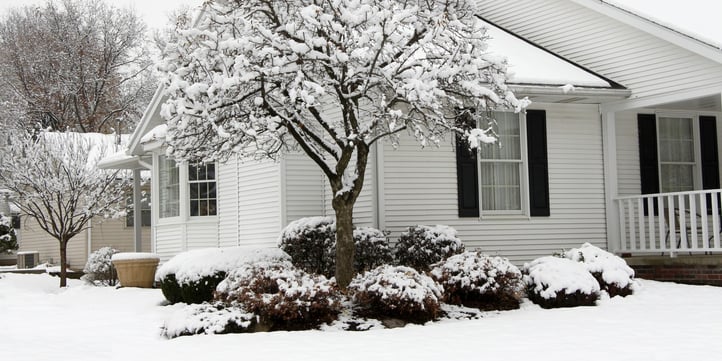
Extreme cold temperature conditions persisting for days, weeks, and even months are nothing but normal to many parts of Canada during the winter months. When the mercury dips below freezing, the turfgrass plant is exposed to many extremes that can cause damage. This damage is what this is known as Direct Low Temperature Kill. Sounds ominous, doesn't it?
How Does it Work?
The turfgrass plant, in large part, is comprised of water. When freezing temperatures occur, the water freezes; forming ice crystals inside the turfgrass plant which ultimately causes the damage. Direct low temperature kill is most commonly a result when rapid drops in temperature occur, or when extreme cold temperatures persist. Several factors can affect direct low temperature kill including: the susceptibility of the turfgrass species, plant hardiness, rapidness of freezing, the number of times the plant freezes, and the rate of thawing.

Although there is no exact direct low temperature kill measurement or way to determine if, when, and how bad the damage could be, plant hardiness as it relates to turfgrass species tells us more about which species are more susceptible. Creeping Bentgrass, and Kentucky Bluegrass are regarded as having very good plant hardiness, whereas perennial ryegrass and fine fescue are quite the opposite. This makes low temperature kill damage a lot more apparent on these species.
An aggressive approach to speed up recovery in the damaged areas include a combination of cultural practices. Core aeration, overseeding, topdressing, and slitseeding may be required.
Follow us on Facebook for more lawn care tips & tricks.







